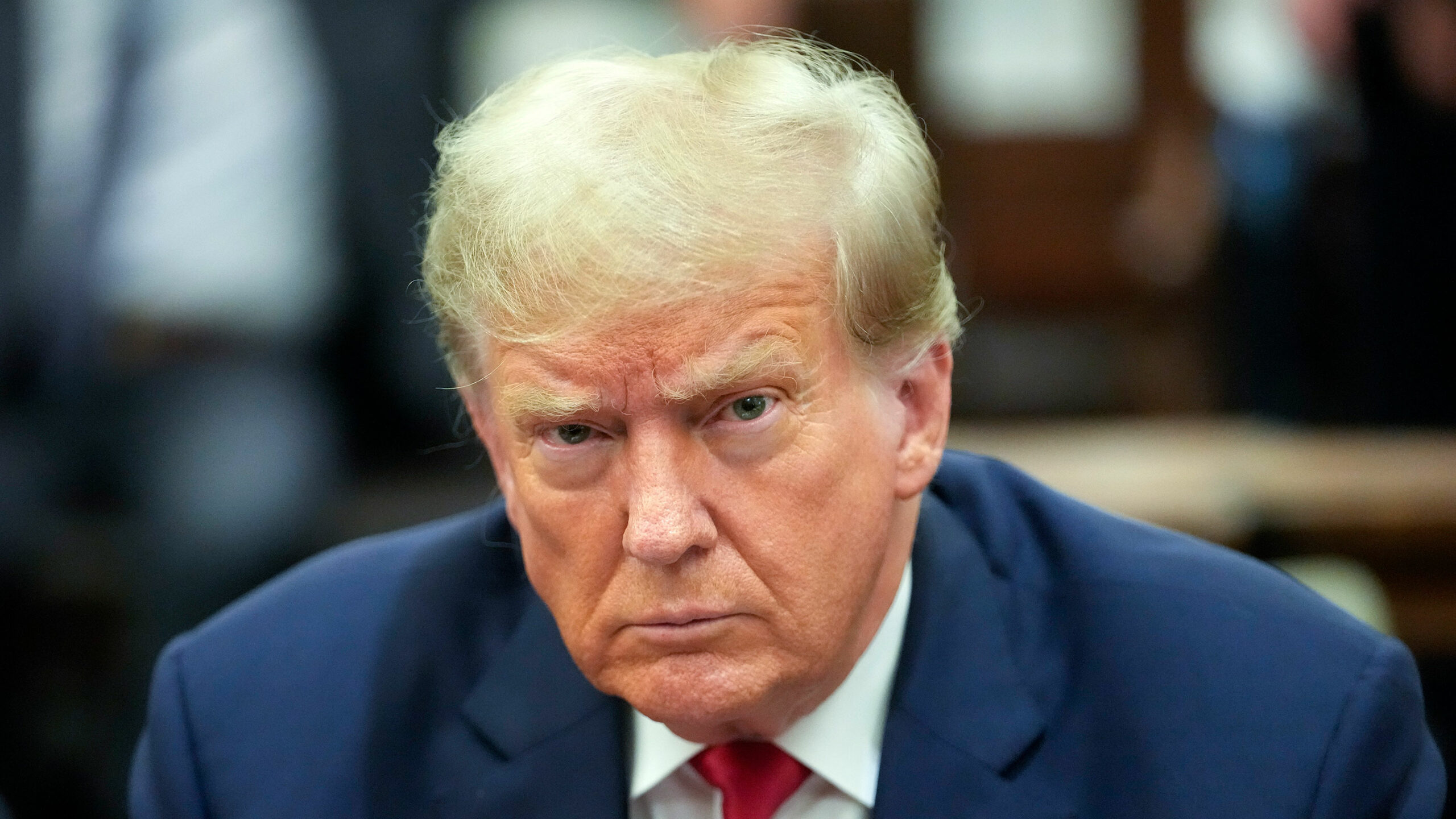In June 2025, the Trump administration unveiled a sweeping travel restriction that significantly altered U.S. immigration policy. This move, known as Proclamation 10949, marked one of the most extensive changes to U.S. travel rules in recent history. The new policy affected 19 countries, with 12 facing a full ban and seven under partial restrictions. This article delves into the details of the ban, its implications, and the broader context surrounding this major policy shift.
Understanding the Scope of the Travel Ban
The Trump administration’s travel ban was framed as a necessary measure to enhance national security and address concerns over visa overstays. The full ban applies to citizens from 12 countries, preventing them from entering the U.S. for both immigrant and non-immigrant purposes. These nations include Afghanistan, Myanmar, Chad, the Republic of the Congo, Equatorial Guinea, Eritrea, Haiti, Iran, Libya, Somalia, Sudan, and Yemen.
In contrast, seven countries face partial restrictions. Citizens from Burundi, Cuba, Laos, Sierra Leone, Togo, Turkmenistan, and Venezuela can still apply for certain visas, but access to most types is limited. These restrictions are intended to mitigate risks related to documentation issues, political instability, and security threats.
Country-by-Country Analysis

Each country on the banned list has unique reasons for being included. For instance, Afghanistan’s inclusion reflects ongoing conflict and challenges in vetting procedures. Similarly, Myanmar faces scrutiny due to political turmoil and human rights violations. Chad’s high visa overstay rates led to its placement on the full ban list, while the Republic of the Congo was targeted for insufficient documentation standards.
Iran’s designation echoes previous policies, highlighting longstanding security concerns. Libya and Somalia, both plagued by conflict and instability, were also included. Sudan and Yemen, with their weak governance structures and ongoing conflicts, further justify their positions on the banned list.
For the partial restriction countries, factors such as high visa overstay rates, poor documentation practices, and governance challenges play a significant role. Cuba, for example, was labeled a “state sponsor of terrorism,” contributing to its partial ban status.
Exemptions and Special Cases
Despite the broad restrictions, several exemptions exist. U.S. permanent residents, dual nationals, diplomats, and government officials are generally exempt from the ban. Additionally, participants in major sporting events, such as the World Cup or Olympics, may still be allowed entry. Individuals with pre-existing valid visas issued before June 9, 2025, are also not affected by the new restrictions.
However, these exemptions are limited and require careful verification before travel. Legal professionals have noted an anticipated surge in demand for services such as waiver applications and appeals, as affected individuals seek ways to navigate the new regulations.
Implications for International Students
International students from the affected countries face significant uncertainty under the new policy. Dan Berger, an immigration attorney based in Northampton, Massachusetts, highlighted that current students with valid visas are not directly impacted if they were already in the U.S. when the ban was implemented. However, prospective students planning to attend U.S. universities in the fall may find it challenging to obtain visas if they haven’t already done so.
Student visas are typically valid for five years, but the duration depends on the length of the program. Students who leave the U.S. for more than five months may need to renew their visas, which could be problematic under the new restrictions. Even those with approved visas may face increased scrutiny at the border, adding to the uncertainty.
Future Considerations and Potential Additions
The administration has indicated that it may consider adding 36 more countries to the ban unless they meet U.S. security and identity verification criteria within a 60-day window. These potential additions span multiple regions, including Africa, Asia, the Caribbean, and the Pacific Islands. Nations with high rates of visa overstays or incomplete documentation are likely candidates for inclusion.
This development underscores the fluid nature of U.S. immigration policy and the ongoing efforts to balance security concerns with the needs of travelers and international students.
Conclusion
The 2025 U.S. travel ban represents a significant shift in immigration policy, affecting numerous countries and creating uncertainty for travelers, especially international students. While the administration emphasizes national security and visa overstay concerns, the long-term implications remain unclear. As the situation evolves, affected individuals must stay informed and seek legal guidance to navigate the complexities of the new restrictions. The coming months will likely bring further developments, shaping the landscape of U.S. travel policy for years to come.




